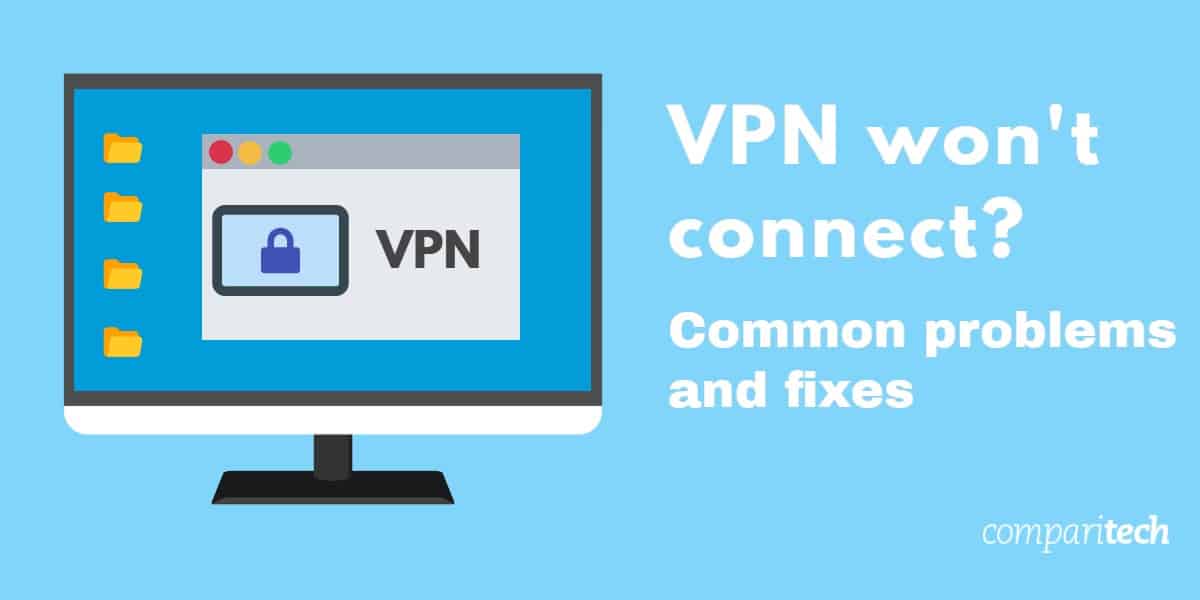
- #CONNECT TO DDWRT VPN SERVER MAC INSTALL#
- #CONNECT TO DDWRT VPN SERVER MAC PATCH#
- #CONNECT TO DDWRT VPN SERVER MAC PASSWORD#
Good installation support and option to buy bespoke pre-configured routers.

Port port which OpenVPN server is listening on. 192.168.1.1) IP address/hostname of the OpenVPN server you want to connect to. There are default parameters that will always be written to the config file and which you cant change if you use GUI client mode: It utilises the 3 types of scrambling mentioned above. “scramble obfuscate password” – This method is more secure. “scramble xorptrpos” – This performs a xor operation, utilising the current position in the packet payload. This is enough to get past the regular expression detection in both China and Iran. “scramble reverse” – This simply reverses all the data in the packet.
#CONNECT TO DDWRT VPN SERVER MAC PASSWORD#
“scramble password” – perform a simple xor operation the packet payload, using a string “password”, you choose password To use it you need both sides patched, server and client, and you introduce a new scramble password phrase in server and client config files
#CONNECT TO DDWRT VPN SERVER MAC PATCH#
These posts adds a patch to openvpn which introduces forms of scrambling to the packet payload of any OpenVPN connection. Set up OpenVPN client where only specific traffic is routed via the VPN tunnel: Selective Routing Using DD-WRT & OpenVPN CLI settings Scramble Patch by clayface Everything else not mentioned here is taken care of automatically (e.g.

OpenVPN certs must be generated with SHA auth: see this thread Static Key Keep it secure and do not copy to the server nor clients. Note: The CA private key (ca.key) is only to sign the certificates. For example, if you have two clients, you should have: Afterwards, you should have the following files:Īnd a private key and certificate pair for each client. Then for the server and each client, you create a private key and certificate pair and sign the certificates using the CA's key. You begin by creating a key and certificate pair for the certificate authority (CA) you are establishing. But there is also a Webmin module for linux servers to create your PKI infrastructure (OpenVPN CA). Pro-Linux article (German) about PKI security (): Current state of cryptography įollow these instructions to create the required certificates and keys. Which you will use depends on some things: how secure, easy to setup, easy to maintain Some authentication methods are supported by the gui directly (should be preferred), others have to be set up in daemon mode.
You will have several possibilities to authenticate to an openvpn session. Please note that it consists of one binary for both client and server connections, they are not separate packages.
#CONNECT TO DDWRT VPN SERVER MAC INSTALL#
Install the OpenVPN client on the computer: Windows, Mac Refer to OpenVPN documentation for details on all OpenVPN features:



 0 kommentar(er)
0 kommentar(er)
